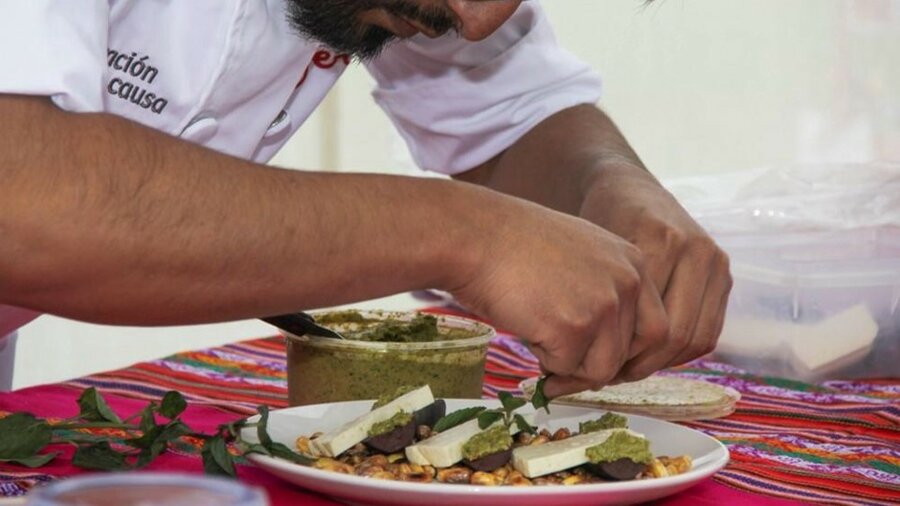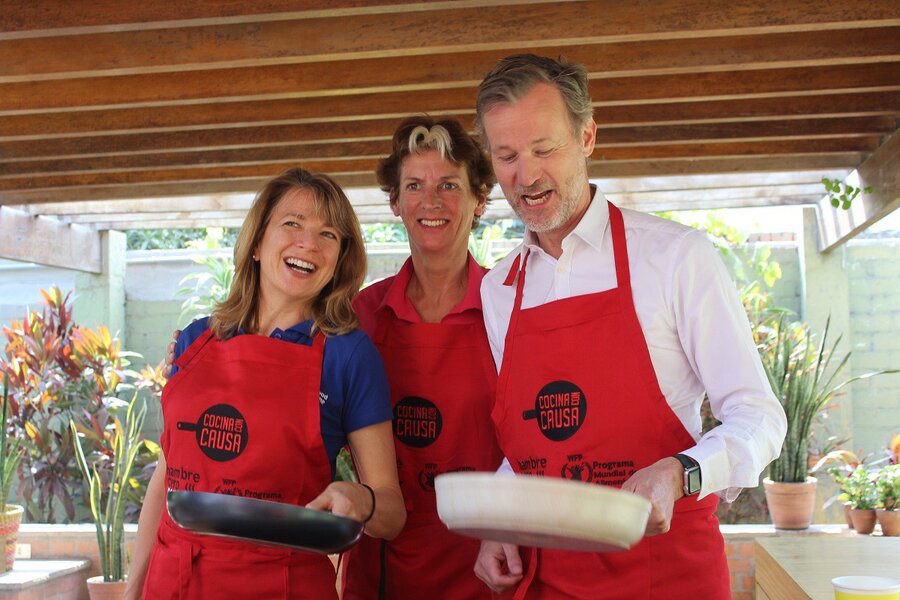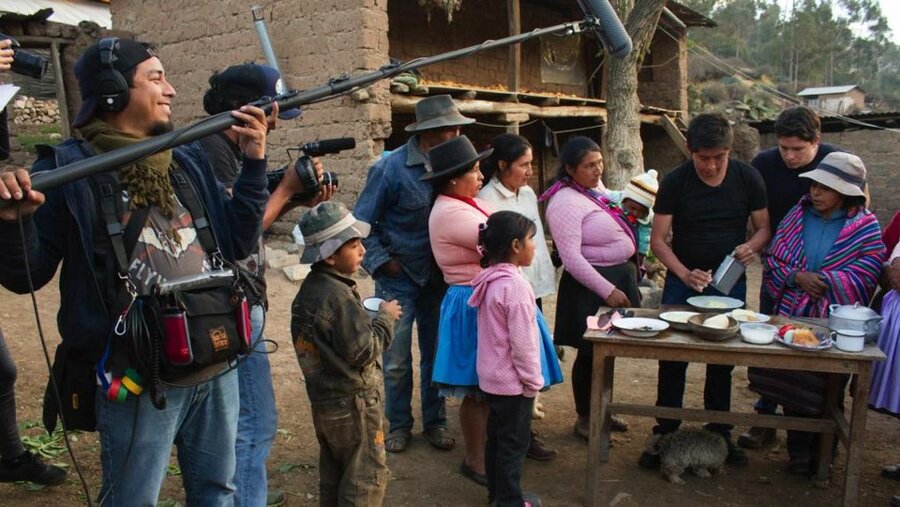The Peru Paradox: Malnutrition in a gastronomic hub
Peru might not be somewhere that springs to mind when you think about food insecurity and hidden hunger. Food here is a major source of national identity and pride. Chefs are rock stars — often more revered than football players — and the abundance of resources and fusion of cultures have led to the country becoming one of the gastronomic capitals of the world.

So, what if I told you that Peru is also a country experiencing a major malnutrition problem? In fact, 43.5 percent of children under 3 are anaemic, a third of children aged 5–9 are overweight or obese (this figure is half in Lima), and despite a 50 percent reduction in 10 years, stunting levels remain as high as 26 percent in vulnerable communities. These figures cut across all socioeconomic contexts.
As a partner of the government of Peru, the World Food Programme (WFP) was asked to help find new solutions to the challenge of multiple forms of malnutrition.
In collaboration with government ministries, we came up with a five-year programme with to address this important issue. Understanding that tackling malnutrition requires behaviour change and diet transformation, we created an innovative tool that would get households to improve eating patterns and increase nutrient intake. The result — a TV show: Cocina con Causa.
Cocina con Causa, or Cooking with a Cause, began as a community-focused reality TV show to educate people on the importance of food and healthy eating. The first season was launched in 2017 and exceeded all expectations, reaching 4 million people in Season 1.

Today Cocina con Causa is more than just a learning and behavioural change tool: it has built a national movement for Zero Hunger, and, in its second edition, has already won three awards.
Cocina con Causa showcases experiences at community level, combined with expert advice and recipes from celebrity chefs: it utilizes Peruvian culinary traditions, bringing traditional recipes to all corners of the country.
The TV show is not working in a vacuum. Stories from communities feed into the show and the show feeds into communities. Each episode focuses on the problems that a Peruvian family might face. A celebrity chef helps families find smart solutions, such as using the resources available to make nutritious and tasty meals. For example, since anaemia is a problem, women have worked with chefs to make tasty recipes with sangrecita, chicken blood: high in iron, accessible and affordable.
As not everyone has access to TV, we worked with a media expert company, PCI Media Impact, to develop a radio programme. Season 2 of Cocina con Causa now reaches audiences through different platforms: TV, social networks and a local radio series produced by, and with, community members.

Today, Cocina con Causa is much more than a TV or a radio show. Collaboration between community members, chefs, governments, professionals, non-governmental associations and the private sector has made Cocina con Causa an extraordinary creative solution, which is yielding results in the fight against malnutrition.
We are now designing season 3 of Cocina con Causa, building on the lessons learned from seasons 1 and 2. We are looking at the best ways to engage audiences, and understanding which foods work in various contexts (for example, sangrecita works in one region, but not in another).
The next step will be to take Cocina con Causa global: it's a model which, adapted to the context, can work in other countries, and for other issues, beyond nutrition.
Peru is just one example. Every country in the world is facing a malnutrition problem, and 88 percent of countries experience more than one form of malnutrition.
When you think of malnutrition, you might think of undernourished kids, but we all need to adjust to the new reality of multiple burdens of malnutrition — overweight, vitamin and mineral deficiencies and stunting coexisting in the same families and communities.
Since these are complex problem drivers, they will need creative solutions. We are working with governments, like Peru, to develop innovative solutions to tackle malnutrition. But no one organization can end malnutrition alone. As our experiences in Peru have demonstrated, we need the commitment and collaborated action of governments, the private sector, the development community and individuals to create a world with zero hunger, even if it is one dish as a time.
by Lauren Landis and Simone Gie Adapted from Lauren Landis' speech at Seeds and Chips
